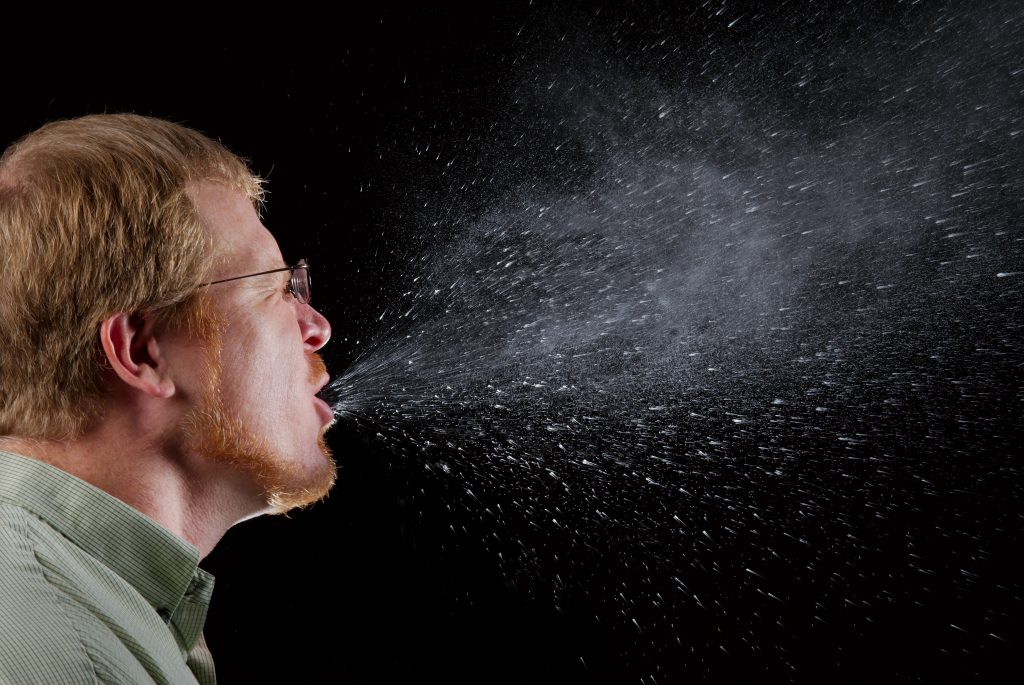Quick post – just saw this Tweet from the Airmid Healthgroup
Your home’s odor may be making you sick; microbial volatile organic compounds http://t.co/8M7U84L5Oi via @USATODAY
– Airmid Healthgroup (@AirmidHealth) May 13, 2014
//platform.twitter.com/widgets.js
It points to a story in USA Today by Melissa Pandika that may be of interest – Your home’s odor may be making you sick. It is about the work on Joan Bennett and researchers from Rutgers and Emory. I don’t have time to dig into it right now but perhaps others do.

I added Joan Bennett’s PNAS paper to the Microbiology of the Built Environment collection on Mendeley yesterday. During the last two weeks, I have added several papers to that collection on microbial VOCs responsible or mold odor. Jaakkola’s group found respiratory system effects associated with mold odor in three separate papers I also added to the Mendeley collection recently.
MVOC are an important outcome of mold growth and more attention should be paid to the mixture that produces odors and the assocation of mixtures to the effects.
Check out Araki et al 2010 (Science of the Total Environment, 408: 2208-2215).
Also see Korpi et al, 1999, Archives of Environmental Health 54 (5): 347-352.
The Bennett paper reference is Inamdar et al, 2013, PNAS, Fungal-derived semiochemical 1-octen-3-ol disrupts dopamine packaging and causes neurodegeneration. November 26, 2013, vol. 110, no. 48, 19561–19566.
Abstract:
Parkinson disease (PD) is the most common movement disorder and, although the exact causes are unknown, recent epidemiological and experimental studies indicate that several environmental agents may be significant risk factors. To date, these suspected environmental risk factors have been man-made chemicals. In this report, we demonstrate via genetic, biochemical, and immunological studies that the common volatile fungal semiochemical 1-octen-3-ol reduces dopamine levels and causes dopamine neuron degeneration in Drosophila melanogaster. Overexpression of the vesicular monoamine transporter (VMAT) rescued the dopamine toxicity and neurodegeneration, whereas mutations decreasing VMATand tyrosine hydroxylase exacerbated toxicity. Furthermore, 1-octen-3-ol also inhibited uptake of dopamine in human cell lines expressing the human plasma membrane dopamine transporter (DAT) and human VMAT ortholog, VMAT2. These data demonstrate that 1-octen-3-ol exerts toxicity via disruption of dopamine homeostasis and may represent a naturally occurring environmental agent involved in parkinsonism.
The Jaakkola references include the following:
1. Quanash et al, 2012, PLoS One, Residential dampness and molds and the risk of developing asthma: a systematic review and meta-analysis.
2. Maritta S. Jaakkola et al, 2014 (in press), J ALLERGY CLIN IMMUNOL. Association of indoor dampness and molds with rhinitis risk:A systematic review and meta-analysis
3. Hernberg et al 2014 (in press) Respiratory Medicine. Indoor molds and lung function in healthy adults.
Also see Wilkins et al 2000, Chemosphere. Volatile metabolites from mold growth on building materials and synthetic media.
These last few papers have not yet been added to our database of indoor environment/indoor microbiome literature, but will be added soon. You can download the database of more than 370 publications from the home page of my web site: http://www.buildingecology.com, or from my page on Research Gate. You will also find a “how to” file for searching the database and a description of the curation process including our inclusion criteria.